
Three intersex individuals overcame shame, secrecy and unauthorized surgery throughout their childhoods to enjoy successful adulthoods, choosing to ignore medical advice to conceal their bodies and coming out as who they truly are.
You May Also Like

Writer Tom Fort drives the 92-mile length of the A303 in a lovingly-restored Morris Traveller. Along the way he has many adventures – he digs up the 1960s master plan for the A303’s dreams of superhighway status; meets up with a Neolithic traveller who knew the road like the back of his hand; gets to know a section of the Roman 303; uncovers a medieval murder mystery; and discovers what lies at the end of the Highway to the Sun.
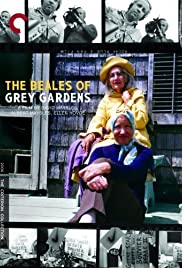
Mother and daughter – Big Edie and Little Edie Beale – live with six cats in a crumbling house in East Hampton. Little Edie, in her 50s, who wears scarves and bright colors, sings, mugs for the camera, and talks to Al and David Maysles, the filmmakers. Big Edie, in her 70s, recites poetry, comments on her daughter’s behavior, and sings “If I Loved You” in fine voice. She talks in short sentences; her daughter in volumes. The film is episodic: friends visit, there’s a small fire in the house, Little Edie goes to the shore and swims. She talks about the Catholic Church. She’s ashamed that local authorities raided the house because of all the cats. She values being different.

Máxima, Berta and Carolina are Latina activists. They are fighting tirelessly against the brutal practices of multinationals against nature and indigenous peoples in Peru, Honduras and Brazil.

Parents, educators, students and college admissions professionals all intimately understand the financial, emotional and intellectual burden of the SAT/ACT—tests that are not only an integral part of the college admissions process for most American students, but also can be a rite of passage for teenagers in the United States. Even as adults, few of us forget our score, or how we felt about what it took to earn it. The Test & the Art of Thinking traces the history and evolution of the SAT/ACT as a major player on the pathway to higher education in America, and it documents its current power in our culture. In so doing, it strives to support individuals who are embarking on the road to college, by examining what the SAT/ACT measures and means, and asking a range of educational leaders, admissions professionals and stakeholders in the test—from tutors to parents to test designers—to grapple with the test’s use, ramifications and future.

A documentary primarily focusing on the filming and release of the original Texas Chainsaw Massacre.
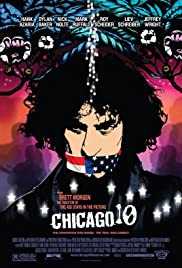
Archival footage, animation, and music are used to look back at the eight anti-war protesters who were put on trial following the 1968 Democratic National Convention.

Archive Footage from various Laurel and Hardy films and broadcasts.

What would it sound like if the national anthem was written today? Anthem follows composer Kris Bowers and producer Dahi on a musical road trip across the country to reflect on “The Star-Spangled Banner” to find out.

Follows elite climber Alex Honnold and a world-class climbing team led by National Geographic Explorer and climber Mark Synnott on a grueling mission deep in the Amazon jungle as they attempt a first-ascent climb up a 1000 foot sheer cliff.
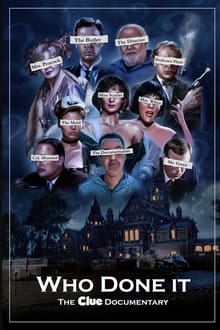
Clue (1985) has become a cult classic film and is loved by multiple generations. Yet there has never been a documentary created to tell the behind the scenes stories…until now.
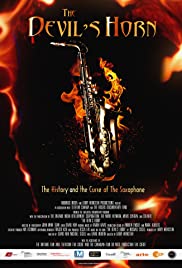
From Adolphe Sax’s workshop to the legendary times of jazz and bebop, conquering the classical music stages, forbidden by Nazis and Communists and banned by the Pope: in its 170-year history the saxophone has always been the most seductive as well as the most feared musical instrument. Award-winning Canadian filmmaker Larry Weinstein illuminates and mythologizes the story of the saxophone, its most legendary players and its allegedly longstanding curse about saxophonists falling prey to the instrument’s dark powers.
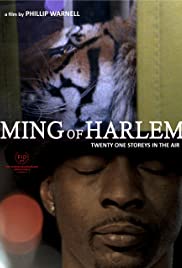
Ming of Harlem: Twenty One Storeys in the Air is an only-in-New-York account of Ming, Al, and Antoine Yates, who cohabited in a high-rise social housing apartment at Drew-Hamilton complex in Harlem for several years until 2003, when news of their dwelling caused a public outcry and collective outpouring of disbelief. On the discovery that Ming was a 500-pound pound Tiger and Al a seven-foot alligator, their story took on an astonishing dimension. The film frames Yates’s recollections with a poetic study of Ming and Al, the predators’ presence combined with a text by philosopher Jean-Luc Nancy, reimagining the circumstances of the wild inside, animal names, strange territories, and human-animal relations.